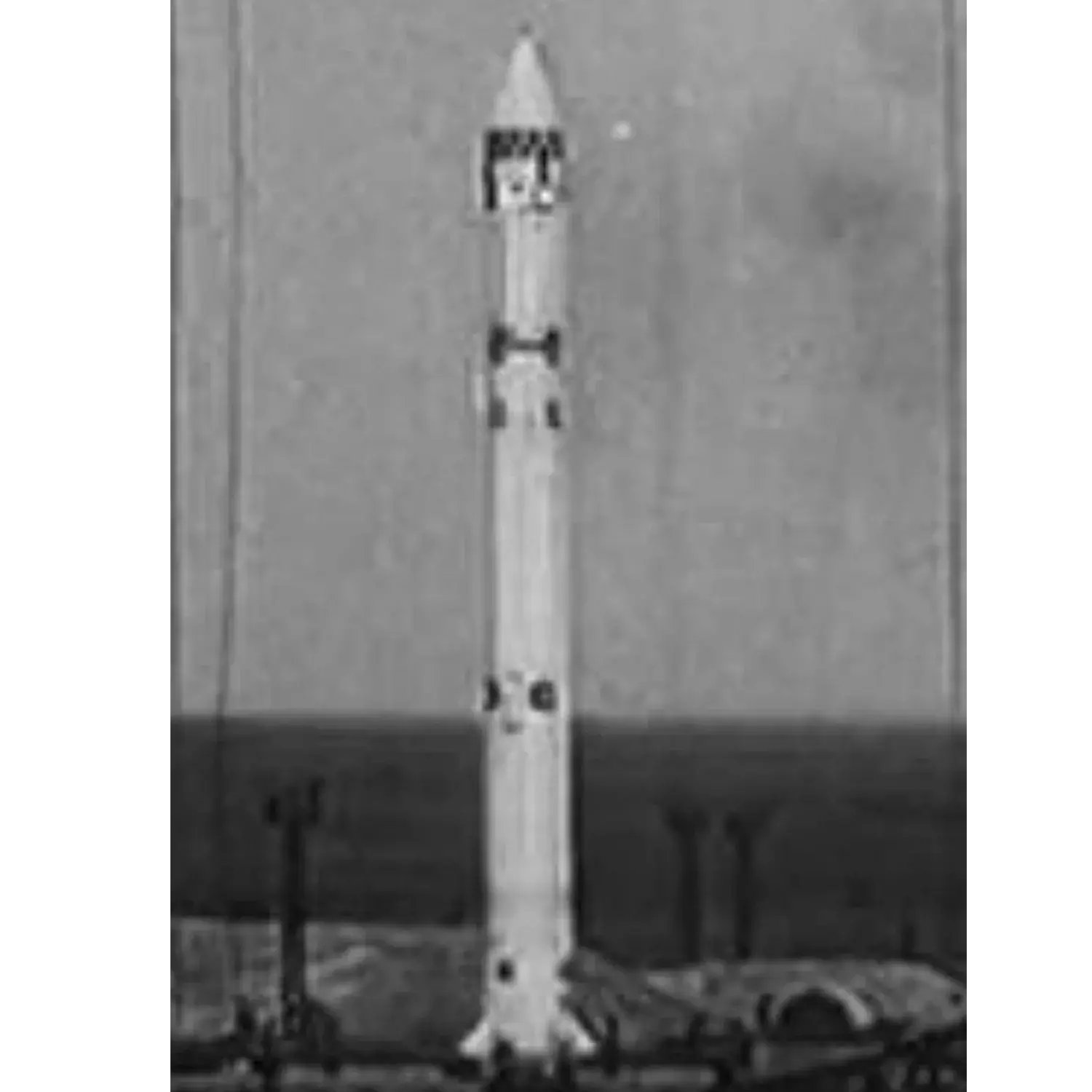DS-MT n°1
Launch Failure
Liftoff Time (GMT)
02:50:00
Saturday June 1, 1963
Mission Details
Launch Notes
The launcher never reached orbit due to an unknown error.
DS-MT n°1
DS satellites are a series of satellites made to be universal, and easily modifiable according to customer needs. After a first launch in 1962, almost two hundred satellites will be launched. Several generations of DS satellites will be developed, some used for scientific studies, while others will be used by the Red Army for radar calibration. After flying two demonstration series (DS-1 and DS-2), the DS satellites will have three universal versions (DS-U1, unstabilized and battery-powered, DS-U2, unstabilized and solar-powered, DS-U3, stabilized). Versions will also be produced to fly international experiments, leading to the Intercosmos program. This flight flew a DS-MT satellite. DS-MT satellites are intended for the study of Leonide-type meteorite rains and the characterization of the space environment in terms of micrometeorites, as well as for the search for antimatter and the photometric analysis of stars in ultraviolet and visible light. DS-MTs have a mass of 247kg. They are put on 228km x 508km x 49° orbits by Cosmos launchers (63S1). Their batteries allow them to operate for fifteen days. They are derived from the DS-MG satellites, from which they take over the front panel to capture micrometeoroids. They are also equipped with the Rubin-1D radio system. Three specimens were built, but the first one was lost at launch. The DS-MT satellites are equipped with the following scientific instruments: the BAS instrument for the study of the interaction between the micrometeorites and the satellite, the spectrum analyzer BMA, the scintillator BSD, the piezoelectric sensors SM-Ts2 and IEM-PZM, their amplifiers IS-1094 and IS-1094A, the photometer AF-3 and the transmitter Mayak-O2.
Low Earth Orbit
1 Payload
247 kilograms
Rocket


Manufacturer
OKB-586Rocket
Height: 29.59m
Payload to Orbit
LEO: 350 kg
GTO: 0 kg
Liftoff Thrust
636 Kilonewtons
Fairing
Diameter: 1.65m
Height: 2.99m
Stages
2
Launch Site
Stats
Cosmos-1
14th
Mission
4th
Mission of 1963
OKB-586
62nd
Mission
11th
Mission of 1963
1963
26th
Orbital launch attempt